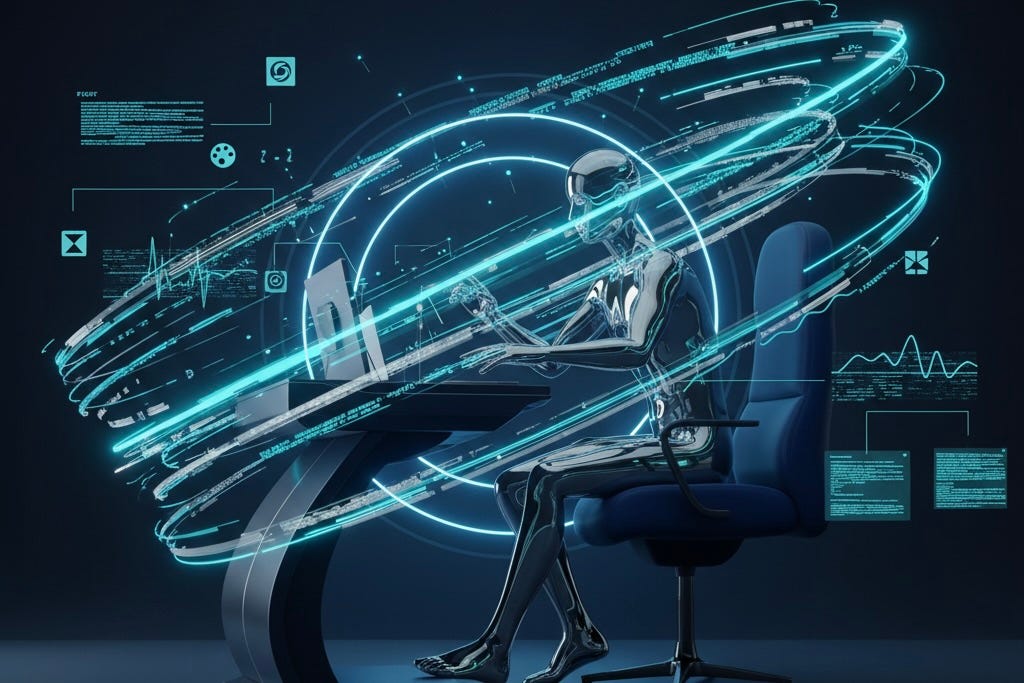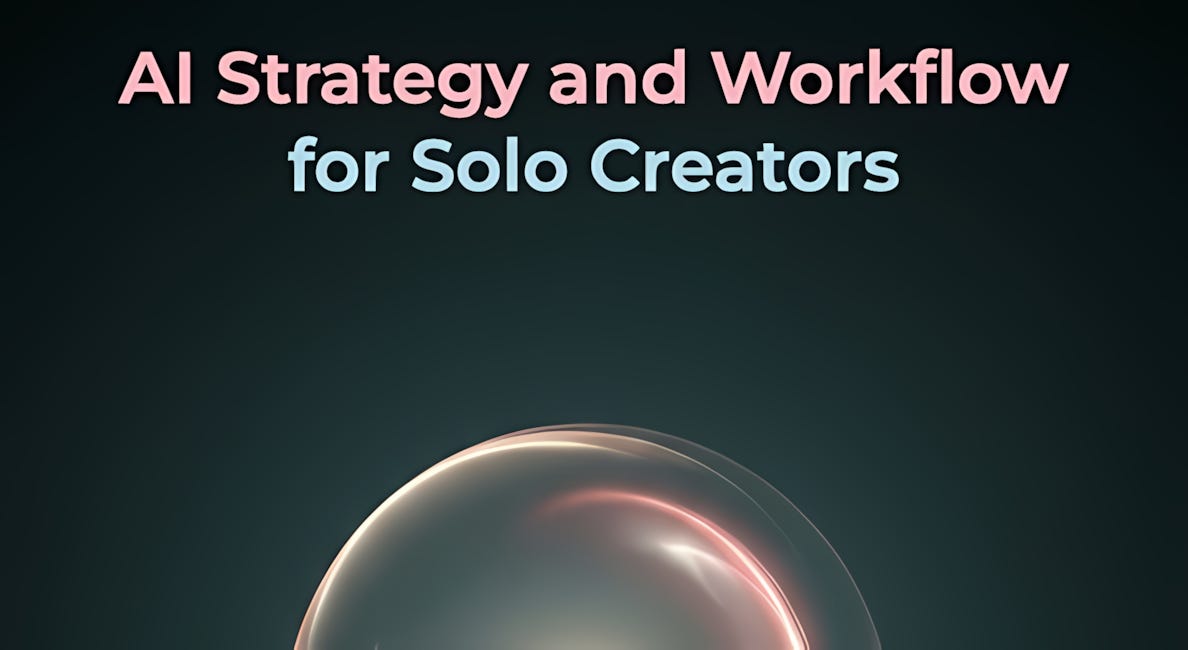Core Types of AI-Generated Content
AI as Your Creative Partner
For solo creators—freelancers, entrepreneurs, artists, writers, and educators working independently—AI is a game-changer. Think of AI as a powerful assistant, allowing one person to produce the volume and variety of content that would normally require a small team. By learning to leverage these new tools, you can streamline your workflow, amplify your creativity, and unlock new possibilities for your projects. This article will clearly explain the main types of content AI can generate, helping you understand how to put this technology to work.
1. Text: Your Automated Writing Assistant
At its core, generative AI excels at producing a wide variety of written content, from short snippets to long-form articles. It can help you brainstorm, draft, and refine your ideas at an incredible speed.
Common Examples:
Social media posts
Marketing copy and email newsletters
Blog articles
Entire ebooks
The primary benefit of using AI for text generation is the massive amount of time it saves. By handling the initial drafting and brainstorming, it allows you to produce more content and focus on higher-value work like strategy, editing, and adding your unique perspective.
2. Audio: Turning Words into Sound
Your content doesn’t have to stop at the written word; AI can also give it a voice. AI-generated audio gives you the ability to turn any written text into spoken words. This capability allows you to transform articles, guides, or scripts into high-quality audio formats with just a few clicks.
Common Examples:
Voiceovers for videos
Audiobooks
Podcasts
The core benefit of this technology is that it helps you repurpose existing content and reach new audiences who prefer listening. You can create professional-sounding audio without needing complex recording equipment or a studio.
3. Still Images: Your Personal Graphic Designer
Modern AI tools can create unique, high-quality images from simple text descriptions. By describing the scene, style, and subject you want, you can generate stunning visuals for any project.
Common Examples:
Logos and website graphics
Social media visuals
Custom illustrations
Designs for merchandise like t-shirts
For creators, the main advantage is that this removes a significant barrier for those without graphic design skills or a budget for stock photography. It empowers you to produce professional visuals quickly and affordably.
4. Video: Your Pocket-Sized Production Studio
AI is also capable of transforming a written script into a dynamic visual story. These tools can handle many of the technical aspects of video creation automatically.
Key Capabilities:
Creating video stories from a script
Generating a voiceover
Producing short, high-quality video clips with background music and sound effects
For a solo creator, the key benefit is the ability to create professional-looking videos for platforms like YouTube or social media without needing expensive equipment or extensive video production skills.
5. Code: Your “Pair Programmer”
This might be the most revolutionary of them all. AI can help you build websites, custom tools, and software applications even if you’re not a seasoned software developer.
How AI Helps with Code:
Generates code snippets in various languages
Even sesigns the whole app from ground up, from UI to backend
The most significant benefit of AI code generation is that it bridges a major skill gap. For non-developers, it makes it possible to create digital products or offer services that would otherwise require deep coding expertise.
Conclusion: AI as Your Creative Partner
Ultimately, Artificial Intelligence should be viewed as a force multiplier, not a replacement for human creativity. It’s a powerful partner that can handle the repetitive and time-consuming aspects of creation, freeing you up to focus on the vision, strategy, and unique expertise that only you can provide. Don’t hesitate to begin experimenting with these tools—they are here to enhance your work and help you bring your best ideas to life.
This post is based on:
AI Strategy and Workflow for Solo Creators
If you're a writer, an artist, or an entrepreneur, you know the feeling. You aren't just the creator; you're the CEO, the marketer, the accountant, all rolled into one person. In the world of the solo creator, the single biggest bottleneck is always time.



